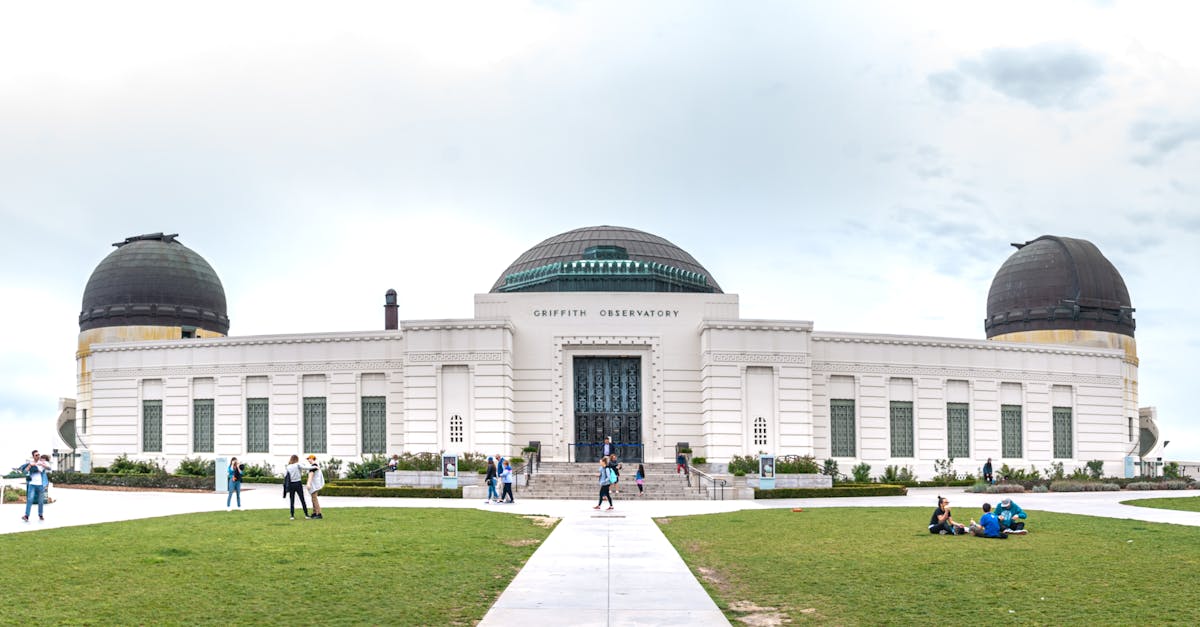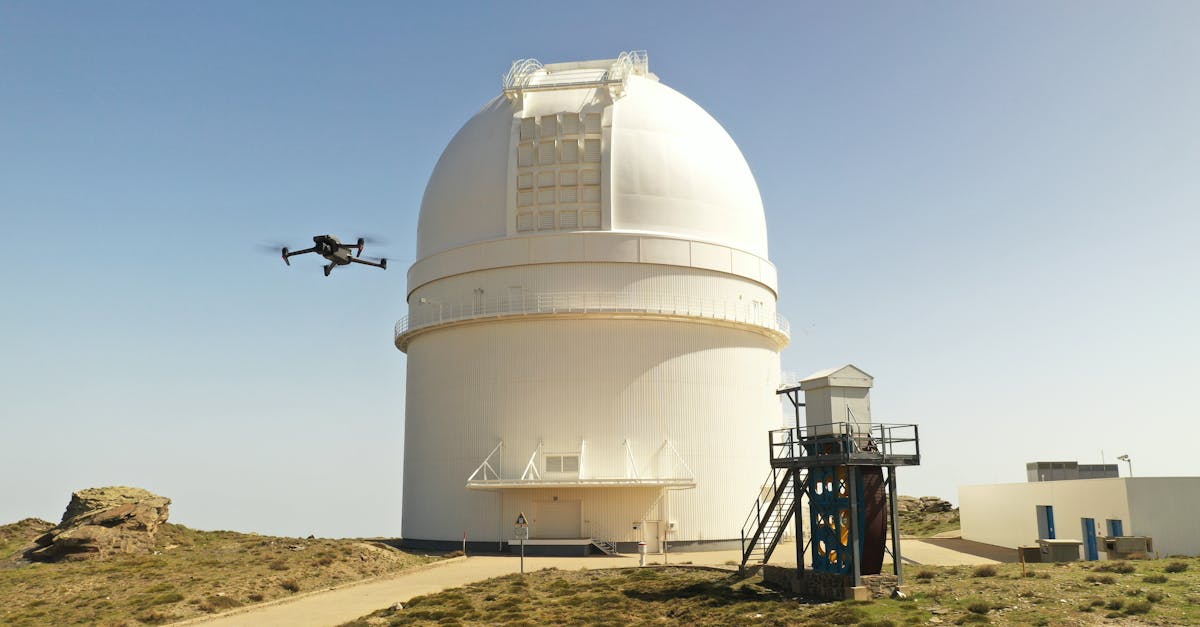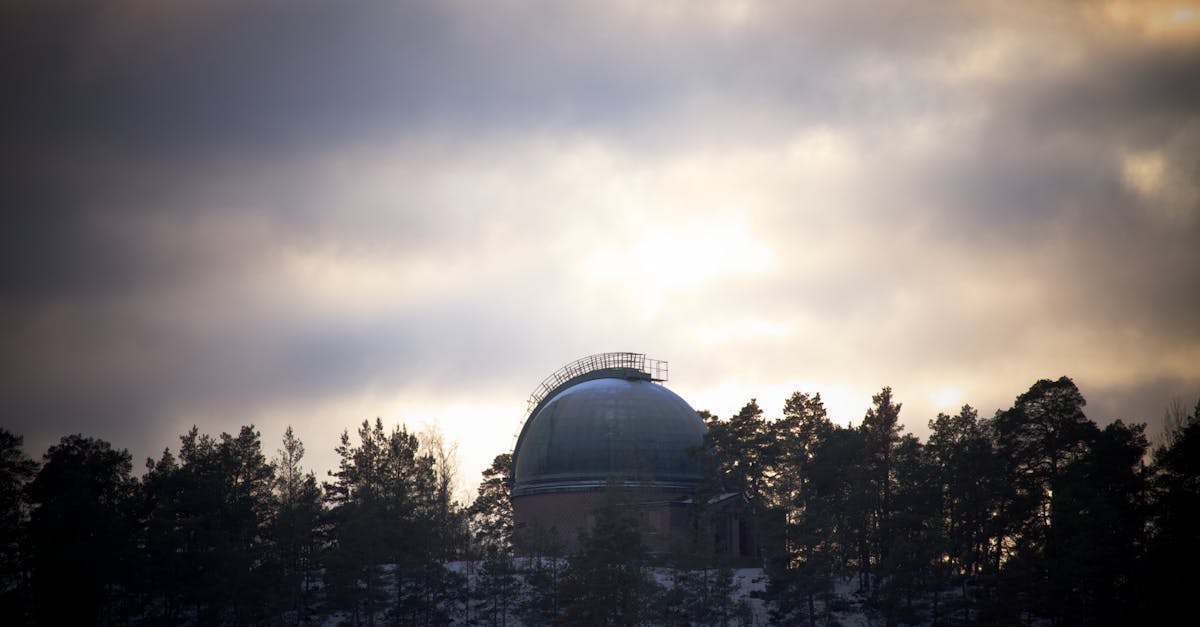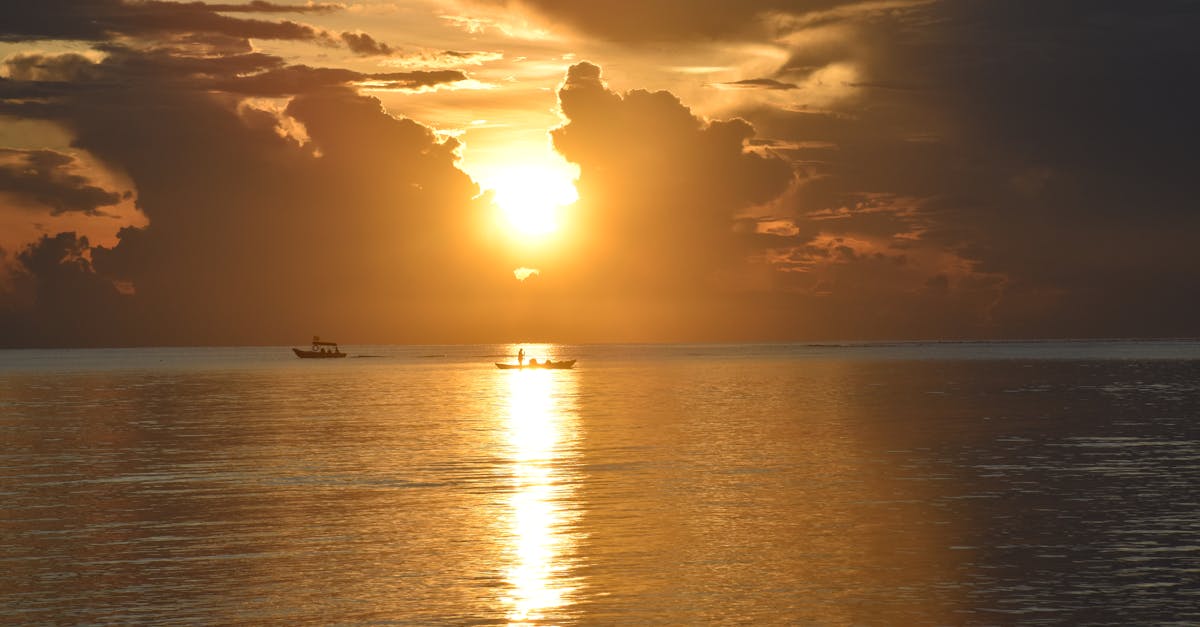Embark on a celestial journey through South America’s breathtaking astronomical wonders! Join us as we unveil the captivating beauty of the region’s night skies, blending scientific marvels with cultural richness. Are you ready to discover the magic of South America’s celestial spectacles?
Exploring South America’s Rich Astronomical History

exploring science and religions
south america boasts a rich tapestry of astronomical marvels that have captivated both scientists and spiritual leaders for centuries. from ancient civilizations to modern observatories, the region’s history is intertwined with celestial observation and interpretation, blending science and religion in a unique way.
the ancient astronomers
the indigenous peoples of south america, such as the inca, maya, and aztec civilizations, had a deep understanding of astronomy long before the arrival of european colonizers. they built intricate observatories, such as machu picchu in peru and chichen itza in mexico, aligned with the movements of the sun, moon, and stars. these ancient astronomers used their knowledge of the skies to create calendars, predict celestial events, and guide their agricultural practices.
modern observatories and research
today, south america continues to be a hub for astronomical research, with cutting-edge observatories dotting the andean landscapes. places like the atacama desert in chile house some of the world’s most powerful telescopes, allowing scientists to peer deep into space and unravel the mysteries of the universe. the region’s clear skies and high-altitude locations make it an ideal spot for stargazing and astronomical observations.
blending science and spirituality
south america’s astronomical history is not just about scientific discovery; it also reflects the spiritual beliefs of its people. many traditional practices, such as the mayan calendar or the inca worship of inti, the sun god, are rooted in celestial phenomena. this blending of science and spirituality adds a mystical dimension to the study of astronomy in the region, enriching our understanding of the cosmos.
astronomical marvels in south america
– machu picchu observatory in peru
– chichen itza observatory in mexico
– atacama desert observatories in chile
– inca sun temple in cuzco, peru
as we delve into south america’s rich astronomical history, we uncover a world where science and spirituality converge, where ancient wisdom guides modern research, and where the wonders of the universe hold both scientific and mystical significance. exploring these astronomical marvels allows us to glimpse into the past, understand the present, and ponder the mysteries of the cosmos.
Uncovering Ancient Astronomical Sites in South America

Unveiling South America’s Ancient Astronomical Wonders
Embark on a journey through time and space as we delve into the enigmatic world of South America’s ancient astronomical wonders. From towering pyramids aligned with celestial bodies to mysterious geoglyphs etched in the desert sands, the region is a treasure trove of celestial marvels waiting to be explored.
Unearthing Mysteries of the Past
The ancient civilizations of South America, such as the Incas, the Nazca, and the Mayans, were keen observers of the night sky. Exploring Astronomical Wonders: Rediscovering Ancient Sites in South America reveals how these cultures meticulously mapped the movements of the stars, the sun, and the moon, creating intricate calendars and astronomical observatories that still puzzle modern-day astronomers.
Discovering the Legacy of Ancient Civilizations
Exploring Astronomical Wonders: Rediscovering Ancient Sites in South America takes you on a virtual tour of sites like Machu Picchu in Peru, where the Incas built structures in perfect alignment with the solstices and equinoxes. Witness the precision of their architecture and the sacred connection they had with the cosmos.
Tracing the Nazca Lines
The Nazca Lines in Peru are one of the most perplexing mysteries of ancient South America. These giant geoglyphs, etched into the desert floor, depict animals, plants, and geometric shapes visible only from the air. Scholars continue to debate the purpose behind these enigmatic creations, with some speculating they served as an astronomical calendar or a way to communicate with extraterrestrial beings.
In conclusion, Exploring Astronomical Wonders: Rediscovering Ancient Sites in South America offers a glimpse into the rich tapestry of cultures that thrived in the region, leaving behind a legacy of celestial knowledge and architectural marvels that continue to fascinate and inspire visitors from around the world. Plan your next adventure to South America and experience the magic of its ancient astronomical wonders firsthand.
The Thrilling Experience of Stargazing in South America

South America, with its vast landscapes and clear skies, offers a magical experience for stargazing enthusiasts. From the Atacama Desert in Chile to the Amazon rainforest in Brazil, the region provides unparalleled opportunities to witness the wonders of the night sky.
The Best Spots for Stargazing
1. Atacama Desert, Chile: Known for its crystal-clear skies and lack of light pollution, the Atacama Desert is a prime location for stargazing. Visitors can explore the world-renowned observatories such as the Paranal Observatory and the ALMA Observatory.
2. Mauna Kea, Hawaii: While not in South America, Mauna Kea is an exceptional location for stargazing with its high altitude and minimal light pollution. The summit hosts several astronomical research facilities.
Celestial Events to Witness
In August 2023, stargazers in South America can witness a rare phenomenon of double supermoons. These occurrences, where two full moons coincide in a month, create a mesmerizing sight in the night sky. The best places to witness such events are in regions with low light pollution.
Dark Sky Tourism in South America
South America is emerging as a hotspot for dark sky tourism, attracting visitors seeking to experience the beauty of the night sky without light pollution. The region offers a range of accommodations and tours that cater to astronomy enthusiasts.
Observatories in Chile
Chile, with its optimal conditions for stargazing, boasts numerous observatories that cater to both professional astronomers and amateur stargazers. Visitors can explore the night sky at observatories like the Cerro Tololo Inter-American Observatory and the Atacama Large Millimeter/submillimeter Array (ALMA).
Wrap-Up
Stargazing in South America is a thrilling experience that allows travelers to connect with the cosmos in a unique way. Whether exploring the Atacama Desert or witnessing celestial events, the region offers an unforgettable journey into the depths of the universe. Travelers seeking to indulge in the beauty of the night sky should consider South America as their next stargazing destination.
South America’s Modern Astronomical Marvels

unveiling south america’s modern astronomical marvels
The skies above South America have long been a source of fascination, offering a canvas for ancient civilizations to interpret and navigate the world around them. Today, modern technology and scientific advancements have unveiled a new realm of astronomical marvels in the region. From solar eclipses to distant planets, South America continues to captivate stargazers with its celestial wonders.
saturday’s solar eclipse illuminates traditions of indigenous peoples
The recent solar eclipse that graced the skies of South America not only mesmerized onlookers with its stunning display but also shed light on the profound connection indigenous peoples have with celestial events. For many communities, solar eclipses are steeped in cultural significance, serving as a time for reflection, renewal, and unity with the cosmos.
astronomical illusions: new images reveal what neptune and uranus really look like
Advancements in astronomical imaging have allowed scientists to capture never-before-seen images of distant planets like Neptune and Uranus. With modern technology, we can now peer through the veil of distance and witness the majestic beauty of these gas giants in unprecedented detail. These images not only inform our understanding of the outer reaches of our solar system but also inspire awe and wonder at the vastness of the universe.
highlights from the 2023 ‘ring of fire’ solar eclipse
The highly anticipated ‘Ring of Fire’ solar eclipse in 2023 treated observers in South America to a spectacular display of cosmic alignment. As the moon passed in front of the sun, a ring of light encircled the moon’s silhouette, casting a surreal glow across the landscape. This rare event served as a reminder of the intricate dance of celestial bodies and the beauty of nature’s symphony.
11 southern hemisphere constellations you should know
Exploring the night sky in the southern hemisphere offers a unique opportunity to discover a different set of constellations and celestial wonders. From the iconic Southern Cross to the mysterious Magellanic Clouds, these southern hemisphere constellations provide a glimpse into the rich tapestry of stars that adorn the night sky. Whether you’re a seasoned stargazer or a novice astronomer, familiarizing yourself with these celestial formations can enhance your appreciation of the cosmos.
watch: thousands marvel as total eclipse darkens chile, argentina
The spectacle of a total eclipse never fails to draw crowds in anticipation of the rare event. In Chile and Argentina, thousands gathered to witness the sun’s corona emerge as the moon passed in front of it, plunging the landscape into temporary darkness. This awe-inspiring display of celestial mechanics reminds us of the beauty and precision inherent in the movements of celestial bodies.
wonders, mysteries, and misconceptions in indian astronomy- iii
Exploring the realm of astronomy extends beyond the borders of South America, with India offering its own tapestry of wonders, mysteries, and misconceptions. From ancient astronomical observatories to enduring cultural practices, Indian astronomy continues to fascinate and intrigue scholars and enthusiasts alike. By delving into the rich tapestry of Indian astronomical heritage, we gain a deeper appreciation for the universal human quest to understand the cosmos.
As we gaze up at the night sky, we are reminded of the boundless wonders that await us, both in South America and beyond. The modern astronomical marvels of the region continue to inspire, educate, and ignite our sense of wonder at the vast and mysterious universe in which we reside.
Planning Your Astronomical Adventure in South America

Discovering South America’s Astronomical Marvels
South America is a land of mystical beauty, where the skies come alive with celestial wonders that have captivated astronomers and stargazers for centuries. From the majestic Andes mountains to the vast plains of the Amazon, the continent offers a breathtaking backdrop for observing some of the most remarkable astronomical phenomena in the world.
Unveiling the Spectacular Astro-Tourism Destinations
1. Atacama Desert, Chile: Known for its crystal-clear skies and high-altitude observatories, the Atacama Desert is a prime spot for stargazing enthusiasts. Visitors can marvel at the Milky Way in all its glory and witness the magic of lunar and solar eclipses against the backdrop of otherworldly landscapes.
2. Aconcagua, Argentina: Towering as the highest peak in the Americas, Aconcagua provides a unique vantage point for observing celestial events. Imagine watching shooting stars streak across the night sky while surrounded by the breathtaking beauty of the Andes.
Planning Your Astro-Adventure
When embarking on your astronomical journey in South America, consider the following tips to make the most out of your experience:
– Research the best stargazing spots in the region and choose destinations that align with your interests and preferences.
– Pack essential astronomy gear such as telescopes, binoculars, and star charts to enhance your observing experience.
– Join guided tours or astronomy-themed excursions led by knowledgeable experts who can provide insights into the celestial phenomena you’ll encounter.
Witnessing Celestial Events
Stay updated on upcoming celestial events in South America to ensure you don’t miss out on these rare and awe-inspiring occurrences:
1. Double Supermoons: In August 2023, South America will be treated to a rare double supermoon phenomenon. Don’t miss the chance to witness this mesmerizing event at optimal viewing locations across the continent.
2. Solar Eclipses: Keep an eye out for announcements regarding solar eclipses in the region, as South America often serves as a prime viewing location for these breathtaking celestial displays.
Experiencing Astronomy From Unique Perspectives
Whether you’re an avid astronomer or a casual stargazer, South America offers a plethora of opportunities to immerse yourself in the wonders of the cosmos. So pack your bags, set your sights on the southern skies, and get ready for an unforgettable astronomical adventure in this enchanting continent.
